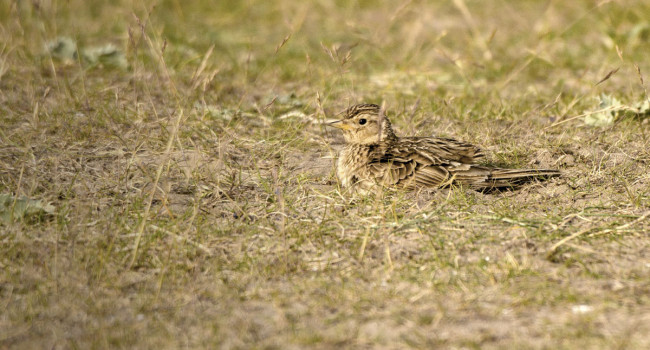Pollinator monitoring more than pays for itself
Author(s): Breeze, T.D., Bailey, A.P., Balcombe, K.G., Brereton, T., Comont, R., Edwards, M., Garratt, M.P., Harvey, M., Hawes, C., Isaac, N., Jitlal, M., Jones, C.M., Kunin, W.E., Lee, P., Morris, R.K.A., Musgrove, A., O'Connor, R.S., Peyton, J., Potts, S.G., Roberts, S.P.M., Roy, D.B., Roy, H.E., Tang, C.Q., Vanbergen, A.J. & Carvell, C.
Published: October 2020 Pages: 14pp
Journal: Journal of Applied Ecology
Digital Identifier No. (DOI): 10.1111/1365-2664.13755
Abstract
1. Resilient pollination services depend on sufficient abundance of pollinating insects over time. Currently, however, most knowledge about the status and trends of pollinators is based on changes in pollinator species richness and distribution only.
2. Systematic, long‐term monitoring of pollinators is urgently needed to provide baseline information on their status, to identify the drivers of declines and to inform suitable response measures.
3. Power analysis was used to determine the number of sites required to detect a 30% change in pollinator populations over 10 years. We then evaluated the full economic costs of implementing four national monitoring schemes in the UK: (a) professional pollinator monitoring, (b) professional pollination service monitoring, (c) volunteer collected pan traps and (d) volunteer focal floral observations. These costs were compared to (a) the costs of implementing separate, expert‐designed research and monitoring networks and (b) the economic benefits of pollination services threatened by pollinator loss.
4. Estimated scheme costs ranged from £6,159/year for a 75‐site volunteer focal flower observation scheme to £2.7 M/year for an 800‐site professional pollination service monitoring network. The estimated research costs saved using the site network as research infrastructure range from £1.46–4.17 M/year. The economic value of UK crop yield lost following a 30% decline in pollinators was estimated at ~£188 M/year.
5. Synthesis and applications. We evaluated the full costs of running pollinator monitoring schemes against the economic benefits to research and society they provide. The annual costs of monitoring are <0.02% of the economic value of pollination services that would be lost after a 30% decline in pollination services. Furthermore, by providing high‐quality scientific data, monitoring schemes would save at least £1.5 on data collection per £1 spent. Our findings demonstrate that long‐term systematic monitoring can be a cost‐effective tool for both answering key research questions and setting action points for policymakers. Careful consideration must be given to scheme design, the logistics of national‐scale implementation and resulting data quality when selecting the most appropriate combination of surveyors, methods and site networks to deliver a successful scheme.






Share this page